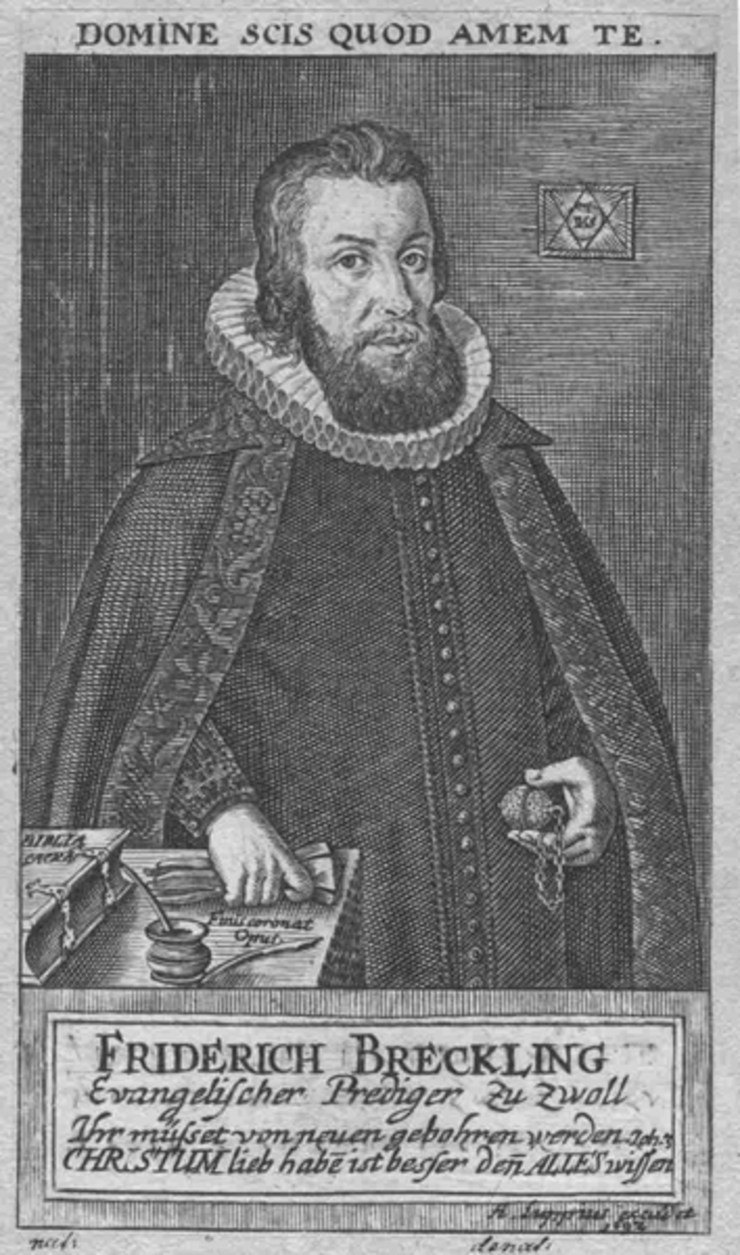
In the course of the changes around 1700, a multifaceted nonconformist milieu had emerged in Europe, which had previously been recorded only in fragments. One of the best experts on this milieu in the Protestant countries was the Lutheran clergyman and dissident Friedrich Breckling (1629-1711), whose manuscript estate is kept by the Gotha Research Library. In exile in the Netherlands since 1660, he worked from there as a contact point, communicator and info-broker. His contributions to Gottfried Arnold's famous and widespread "Unpartheyische Kirchen- und Ketzerhistorie" (Unparthey Church and Heresy History) of 1699/1700 have had a particular impact on posterity, which also made possible a reception into the Enlightenment. Among these contributions, a list of so-called "truth witnesses" of early Pietism stands out, which Breckling presents in short biographies and evaluates for their religious merit. Even better suited for understanding and analyzing the networks of nonconformism that become tangible here is a hitherto completely unexplored, geographically arranged catalog from the Gotha estate, which forms the main source of the project.
Entitled "catalogus testium veritatis," the document lists some 1050 names of contemporaries on 18 pages, arranged according to 100 places and regions. The entries vary in length and give different information. There are details of profession, status, family status, address, other places of residence and activity, references to local relationships among persons, publications, and spiritual specialty. Crosses - often inserted later - note the death of a listed person. Attributes ("bonus", "electus", etc.) given to some names refer to a graded system of esteem. The aim of the project is to present this body of information in the form of a handbook, in which the persons - as far as possible - are recorded bio-bibliographically, maps show internal and external networks, and the overall data material is subjected to analysis and evaluation. While this unique document does not provide an objective inventory of Pietism around 1700, it does provide a very rich set of names from the nonconformist spectrum that has not yet been tapped in this way and may therefore be of importance for the study of regional as well as European constellations of the same. In addition, parallel to the handbook, all Brecklingiana not on site in Gotha will be brought together in copy or digitalized form and an edition of Breckling's correspondence (ca. 450 letters with over 100 persons from the period 1660 to 1711) will be prepared in order to gain further information on individual "truth witnesses". Pieces from the correspondence will supplement the handbook and illustrate the relationships between the correspondents and their exchanges.
An exhibition on the 300th anniversary of Friedrich Breckling's death in 2011 presented the first results of the project to a wider public in Gotha and Halle.